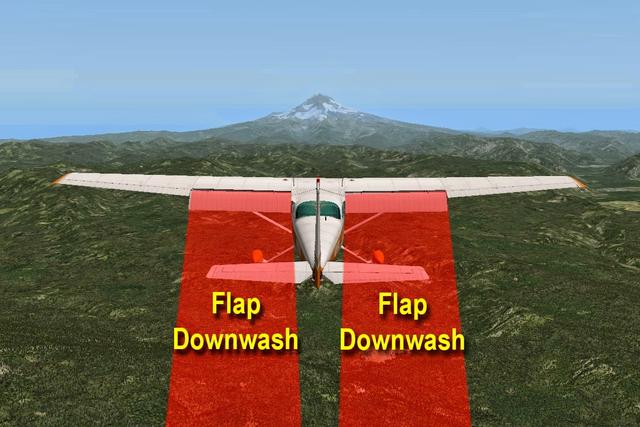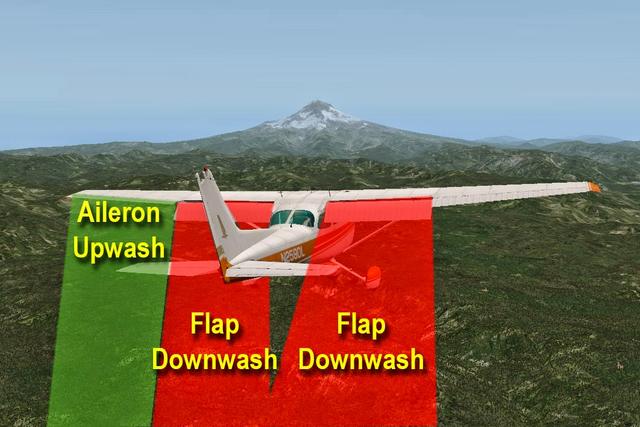Short runway, tall trees owned by the government a few hundred feet from the end of the runway. The other end of the runway abutted a railroad ROW with the rails 20 feet above the runway, and telegraph wires 30 feet above the runway.
All the local flying schools forbid students flying into College Park, KCGS, due to the number of accidents related to the obstructions.
Our standard approach from the tree end was 40 degrees of flaps, 10 MPH over stall, and just above idle, so the engine would respond quickly if you needed it. Cross 10 feet over the trees, engine to idle, drop the nose, and head for the numbers. Make a progressive flare, reaching level at a couple of feet about 200 feet down the runway, and slowly set it down, full stall, and hold the nose up for max air braking (We had Bendix brakes). When the nose came down, lightly brake, and turn off midfield. We did not come close to running off the end of the runway landing.
No flap approach, 7 MPH faster, flare a quarter of the way down the runway, settle in half way down, lower drag without flaps, so set the nose down, brake gently, and turn off at the end of the runway. Those tiny Bendix pucks wore out about once a month, so the no flaps landings accelerated replacement.
The difference in margin of runway length was immense, club rules were strong on preferring full flaps. Ground instruction also included the sequence of 40 to 20 flaps as soon as a go around started (Johnson bar), as soon as full throttle was applied and carb heat was off. Safe speed, 20 to 10, best angle of climb speed, and 10 to 0. Spare time in the sequence, the trim wheel spinning to take yoke forces off, to make flying easy, and assure no pitch up problems. With that carefully trained prior to actual flight, we had no problems.
About 20 guys learned to fly in our 150 with out any damage from trees or excursions from the runway, so the technique worked. All first solo's were at CGS, as the student would have to be proficient in getting home after solo practice. During the same time, the trees ate a 172 and a Beechcraft, and the railroad ate a Mooney flown by an ATP Airline pilot.
One of the advantages of 40, or 30 degrees of flaps, if the engine quits, just raise to 20, then 10, and the reduced drag greatly extends the distance/ height of your approach, and then when the runway is made, the flaps can be used again to reduce speed to get down near the beginning of the runway, making the whole runway available. This is particularly true with an engine failure, and fine tuning touchdown into a pasture close to the fence, at minimum speed.


